Toyota Corolla LE Vs SE: Which Trim is Right for You?

The Toyota Corolla remains a mainstay of the automotive world.
Sure, SUVs have become the fashionable choice—and there’s now a Corolla Cross for just that—but the Toyota Corolla continues to be one of the best-selling cars in North America. It’s easy to see why: a bulletproof reputation, ease of use, and an affordable price tag are hard to ignore.
As part of a refresh for the 2023 model year, the Corolla family grew again, with a whole lot more hybrid availability. We’re sticking to the more affordable gas models for this trim-on-trim comparison, which now all share the same larger (yet more economical) 2.0-liter engine. So which is it that satisfies more, the Corolla LE or SE?
(Editor's Note: all images from here on down are of the XSE model.)
Style
This current Corolla generation debuted back at the turn of the decade. It’s a much more stylish shape than before, with a swept-back profile and large, angular headlights. The latter are different on the SE, with full LED lighting and a more distinctive, Y-shaped element for the daytime running lights (DRLs).
It feels strange to say that the sportier model has a smaller grille, but that’s the case here. The mega-mouth opening on the LE gives way to a narrower setup on the LE, making room for much larger side intakes at the bumper corners. The Toyota badge also migrates north, onto the bodywork. SE models also feature a black rocker panel insert, revised rear bumper design with dual-tip exhaust, and a subtle trunklid spoiler.
The LE model comes with 16-inch steel wheels as standard, with plastic wheel caps. Buyers have the choice of upgrading to 16-inch alloys. Meanwhile, the SE rolls on wider 18-inch alloys.
Toyota Corolla LE vs SE: Cabin Space
While the exteriors may differ a lot, there’s much more common ground inside the Corolla LE and SE. Both models share the same simple dashboard design, with a large, clean lower section topped by a chrome strip and a pair of air vents. All the primary climate and audio controls are grouped right underneath the central touchscreen for easy access. The Corolla offers seating for five, with average amounts of space up front. The rear bench is a little small compared to other, larger competitors, but still offers 37.1 inches (942 millimeters) of rear headroom and 34.8 inches (884 mm) of rear legroom. Both models feature a 60/40 folding rear seat.
Differences between these two trims mostly amount to small detail changes. The SE features slightly more chrome-finish bits, such as the door handles and the door-mounted storage bins. It also gains a leather-wrapped steering wheel. The LE uses a standard fabric available in three colours: the SE uses a different fabric, available in either black or gray. Opting for the SE also swaps in “sport seats” with more pronounced shoulder and lower-leg bolstering.
Powertrain and Fuel Economy
As mentioned in the intro, all regular Corolla gas models now roll with the 2.0-liter “Dynamic Force,” including the LE and SE trims. That nets buyers a useful 169 horsepower and 151 pound-feet, going through a continuously variable transmission. This CVT is unique, as Toyota employs a physical first gear for smoother take-offs from full stops.
Fuel economy is a Corolla strong point. Even without hybrid power—which is available for both of these trims in the US—the Corolla LE scores 32 mpg city and 41 mpg highway, for a combined rating of 35 mpg. Canadian figures are 7.4, 5.7, and 6.7 L/100 km, respectively. The SE’s larger wheel and tire package dings 1 mpg off each of those figures (Canadian: 7.6, 5.9, and 6.8 L/100 km).
The Corolla’s engine sits in the middle of the compact class in terms of power. It’s down on the optional engines in the Honda Civic and Mazda3, but above their base engines, as well as those in the Nissan Sentra, Hyundai Elantra, and Kia Forte.
Cargo Capacity
The Corolla’s trunk is tight, at least comparatively: at 13.1 cubic feet (371 liters) of space, it offers up less storage space than anything else in the class, even the Mazda3. Both trims feature a 60/40 folding rear bench.
Toyota Corolla LE vs SE: Safety
Toyota loads up the Corolla with all manner of safety assists, all under the Toyota Safety Sense 3.0 banner. This includes a pre-collision system with pedestrian detection, road sign assist, lane departure alert with steering assist, auto high beams, and full-range adaptive cruise control. The Corolla also features 10 airbags as standard. Blind spot monitoring with rear cross-traffic alert is available as an option on both the LE and SE trims.
Tech and Features
Toyota updated the Corolla’s ancient infotainment system for 2023. Out goes Entune, and in comes Toyota Multimedia Infotainment. While screen size remains 8.0 inches, the new setup is much more modern, with a smartphone-style menu on the left serving most needs. Wireless Apple CarPlay and Android Auto are both standard.
Both models feature four USB-C ports and a six-speaker stereo; the SE offers a nine-speaker JBL system as an option. The SE includes a standard Smart Key system as well; it’s an option for the LE.
Toyota Corolla LE vs SE: Pricing
In the USA, the Corolla LE now kicks off the lineup, at $22,795 including destination. Buyers can spec either the Convenience ($1,340) or Premium ($2,190) packages, which both add 16-inch alloys, the aforementioned Smart Key, blind spot monitoring with RCTA; the Premium throws in a power moonroof. The SE bumps the entry price to $25,235. Its Premium Package ($1,220) adds the moonroof too, alongside BSM and RCTA. Add an additional $600 on top of that for the JBL sound system.
In Canada, the LE is one step up from base, retailing for a reasonable $25,450 CAD including destination. The jump to the SE is a comparatively smaller $27,050 CAD. That’s because Canada’s SE sticks to the 16-inch alloys. The LE Upgrade package ($2,050 CAD) adds them onto the more affordable car, plus a leather-wrapped (and heated) steering wheel, smart key, moonroof, and wireless charging. The SE already includes the smart key; its upgrade package ($2,750 CAD) adds the rest of the LE Upgrade kit, and swaps those 18-inch alloys back in. Note that blind spot monitoring with rear cross-traffic alert is standard on both trims in Canada.
Toyota Corolla LE vs SE: Verdict
When we boil it all down, which of these trims is the best choice for the value-conscious buyer?
In the US, the LE Convenience is a lot of comfortable, safe car for a hair over $24,000. It comes with all the safety kit a modern car needs, a good infotainment system, and the smaller alloys improve both ride and efficiency.
Similarly, it’s the LE Upgrade that we like most for Canada. As great as the 18-inch alloys look, getting them requires almost $30k CAD. The Upgrade includes a wireless charger, heated steering wheel, and smart key for under $28k, which makes it an excellent deal north of the border.
Become an AutoGuide insider. Get the latest from the automotive world first by subscribing to our newsletter here.

Kyle began his automotive obsession before he even started school, courtesy of a remote control Porsche and various LEGO sets. He later studied advertising and graphic design at Humber College, which led him to writing about cars (both real and digital). He is now a proud member of the Automobile Journalists Association of Canada (AJAC), where he was the Journalist of the Year runner-up for 2021.
More by Kyle Patrick




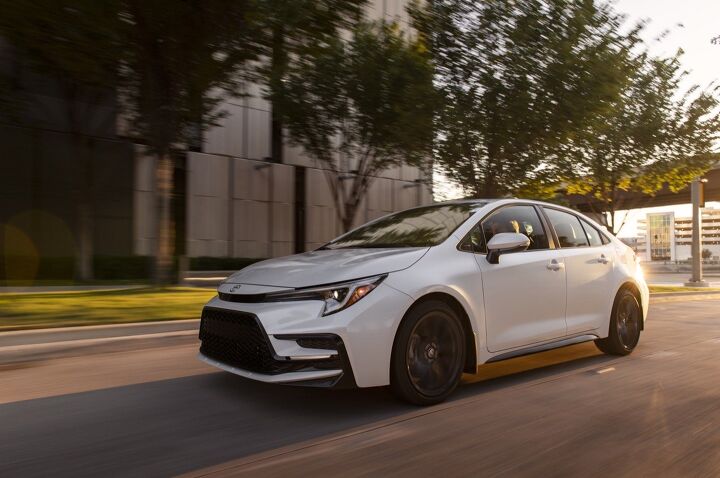


















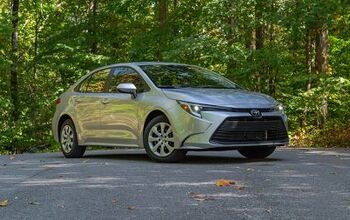

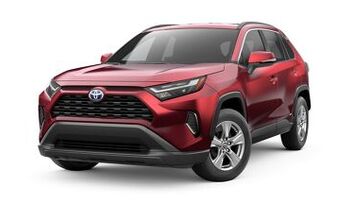
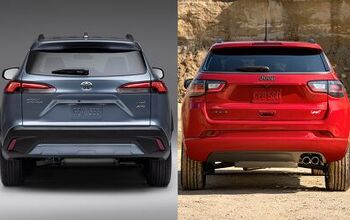
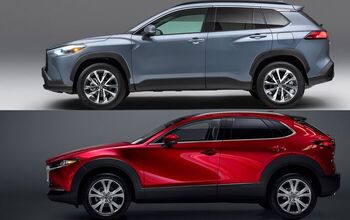

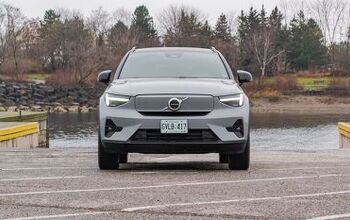
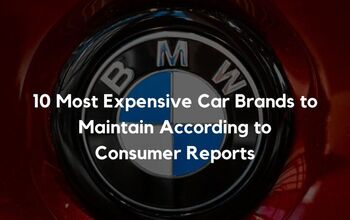

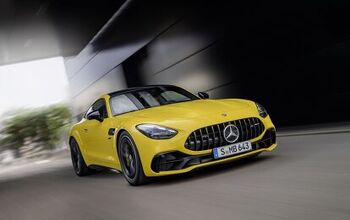

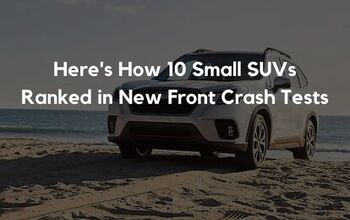
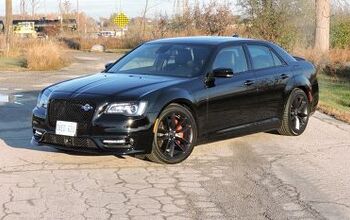

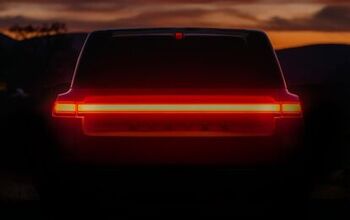
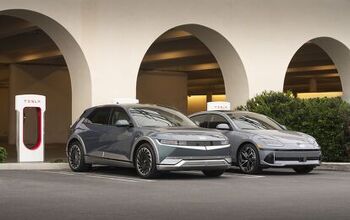

Comments
Join the conversation